Aerial wildlife surveys, conducted by the USGS to inform the coming offshore wind energy boom, are strikingly beautiful, for government data. They were also hard-won.
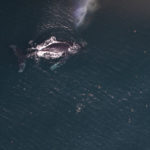
Sign up for our free weekly newsletter and understand everything better!
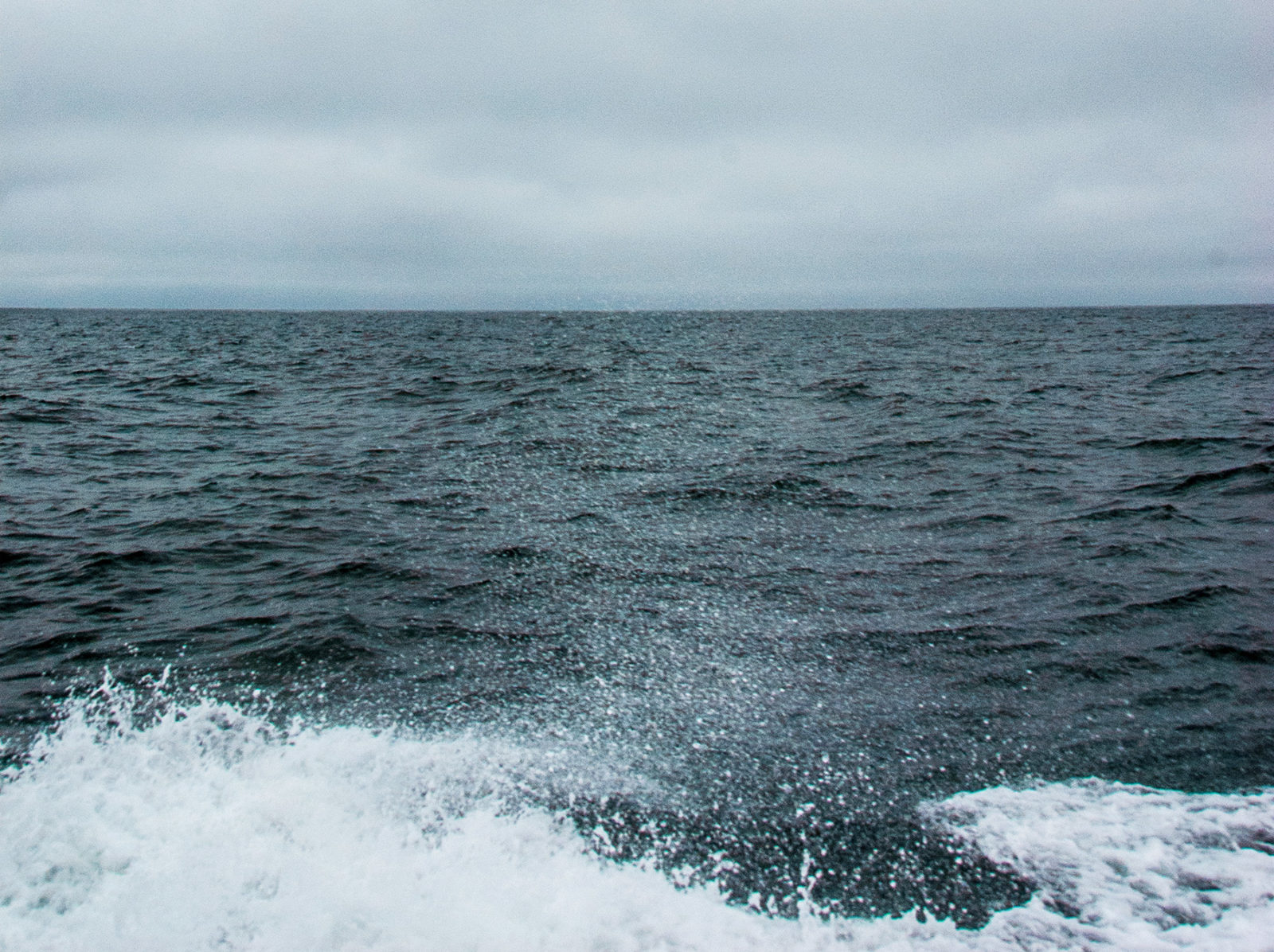

Aerial wildlife surveys, conducted by the USGS to inform the coming offshore wind energy boom, are strikingly beautiful, for government data. They were also hard-won.
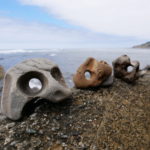
The piddock clam makes its mark on the world at the rate of one millimeter per month.
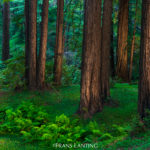
With Bay of Life, Frans Lanting and Christine Eckstrom wanted to go past Monterey Bay’s natural beauty to explore its past, present and possible futures.
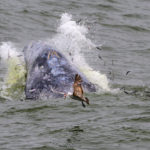
Anchovies sparkled and seawater sprayed from the crusty maws of gray whales as they burst through the surface, again and again, off the coast near Pacifica, fifteen miles south of San Francisco. Groups of up to six gray whales devoured … Read more
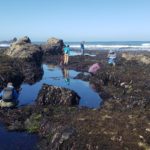
This year’s Snapshot Cal Coast featured 4,083 people logging 46,683 observations of almost 4,000 species into the iNaturalist app from June 13 to July 4.
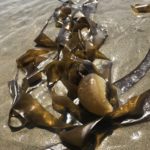
For two years, scientists at UC Davis have been modeling a “Field of Dreams” hypothesis about bull kelp to understand what approaches could best help the recovery of the kelp forest ecosystem in Northern California.
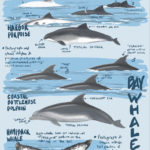
How to identify individual cetaceans in the San Francisco Bay.
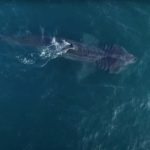
Basking sharks can be over 30 feet long and are characterized by their enormous gill rakers and three-foot tall dorsal fins. But these mysterious, massive, filter-feeding cousins of the great white shark aren’t just a scientific curiosity – they also … Read more
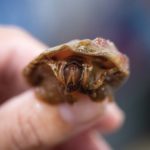
Abalone are deeply important in Indigenous tribal cultures in California and all along the Pacific coast.
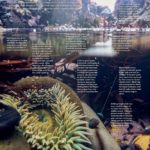
Better understand a West Coast tidepool